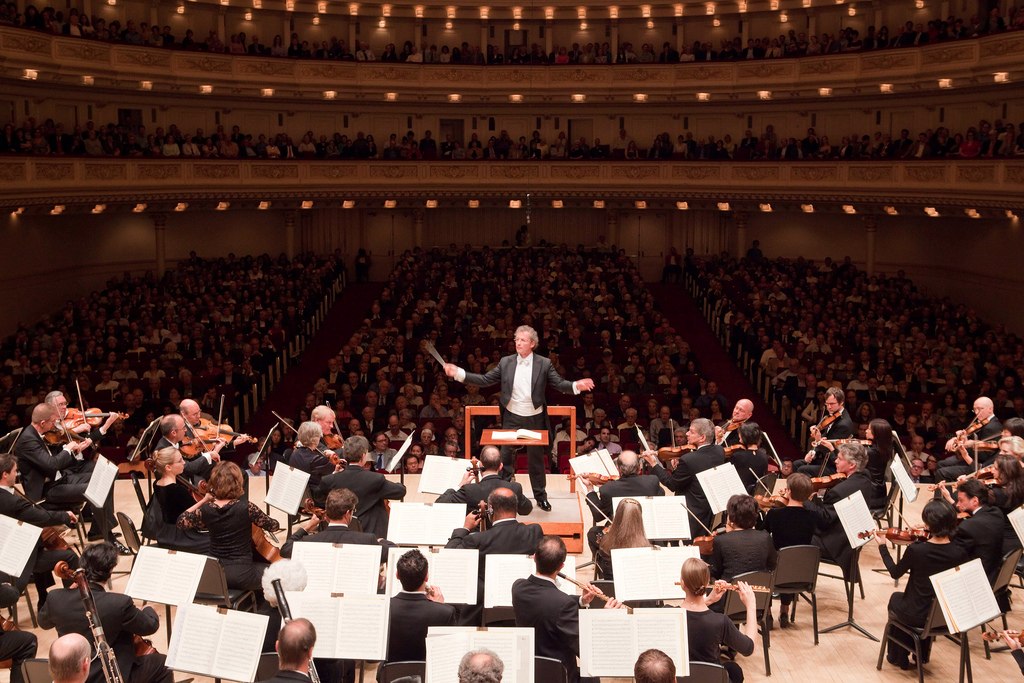
No. 9’s black angels
“Love, love, the clouds went/up the tower of the sky/like triumphant washerwomen, and it all/glowed in blue, all like a single star….” —Pablo Neruda
The Cleveland Orchestra is astonishing, but after seeing Joshua Bell play Beethoven’s Violin Concerto in January and Berlioz’s masterful performance of Beethoven’s Piano Concerto No. 4 in February, I thought I’d seen (and heard) enough Beethoven. “We’ve got to go to Beethoven’s Symphony No. 9,” my friend implored with a fake British accent. “It’s not to be missed!” He was right. The evening turned out to be Cleveland Orchestra’s most triumphant program of the 2012-2013 season.
The program began with composer Peter Lieberson’s “Neruda Songs”, which are five emotionally riveting songs based on love poems written by Chilean writer Pablo Neruda. Lieberson, commissioned by the Los Angeles Philharmonic and the Boston Symphony Orchestra, composed his “Neruda Songs” for his wife and soprano Lorraine Hunt Lieberson, who also sang them at the premiere performance in May 2005. Both Lorraine and Peter Lieberson have since passed away, which has only amplified emotion embedded into these songs.
Mezzo-soprano Elizabeth DeShong, whose glowing white skin contrasted with her red lipstick and flowing, multi-layered red chiffon gown, delivered a controlled, yet evocative performance last Thursday night. The lyrically somber and dark “Neruda Songs” never eclipsed their love-affirming message, however they came close. It was DeShong’s voice and presence that became that single star, that single point of light, transmitting a timeless message of love that no one could turn away from.
No one can be fully prepared for love or loss, just like no one can be fully prepared for their first live performance of Beethoven’s Symphony No. 9. No. 9 was Beethoven’s last symphony, and although he composed the major components of it rather quickly between 1822 – 1824, notes for the symphony date back as far as 1818. Deaf and quite biter by the time of its completion, Beethoven premiered No. 9 just a few weeks after its completion. No. 9 was (and has always been) a phenomenal success.
Under guest conductor Giancarlo Guerro, the Cleveland Orchestra demonstrated why the classics and classical music are alive and relevant today. With an exquisitely tuned and well-orchestrated performance, the towering Guerro guided the the orchestra and the audience through the four major movements of No. 9 to that affirming end everyone was waiting for—Friedrich Schiller’s “Ode to Joy.”
A collective of 200-plus singers from the Master Chorale of South Florida and the Master Chorale of Tampa Bay sang the chorus for “Ode to Joy.” When the moment arrived, the chorale, dressed in all black and seated behind and above the orchestra, rose in unison six rows high like a joyous wall of well-regimented black angels. Their black wings opened to the words inscribed inside of their black chorale book. Their mouths opened the floodgates of joy, and their voices cast no shadows, just light.
Recent Content
-
Artsarticle ·
-
Artsarticle ·
-
Artsarticle ·
